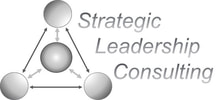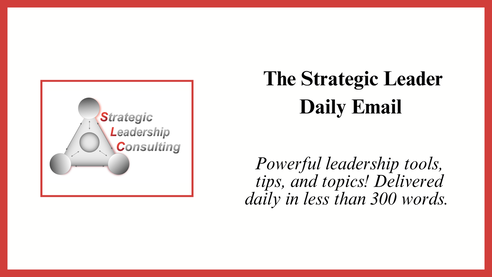|
Colleagues,
MVP: PLEASE read through – this is critical! Embrace resistance. When people resist change, they are telling you something important. M=V/E, or motivation equals value divided by effort. High value + low effort = strong motivation. Working A-B requires less effort and leads to immediate improvements: High V, low E, strong motivation. Low value + high effort = resistance. If you are experiencing resistance it means:
Brace yourself… All of these bullets are YOUR responsibility! It is not the job of the person putting in the effort to make sure the value is worth it. That is YOUR job. Don’t blame the resistor, look into the mirror. Resistance is telling you something. Are you courageous enough to listen? Today’s intention: Maybe think about the times YOU have resisted change and think about the why behind that resistance. Cheers! Frederick
0 Comments
Colleagues,
MVP: After identifying the problem, begin with a pilot. Change is messy, and as you begin the journey you will almost surely make mistakes. People who are committed to a change will problem-solve and figure things out. People who are not committed will quit, or even resist. Work with the willing to figure things out. A good pilot should occur in three waves:
Today’s intention: Think about who piloted your last change initiative. Cheers! Frederick Colleagues,
MVP: Work A-B for quick wins This may be counterintuitive, but when engaging in change we should not try to fix things. Why? Fixing things takes a long time. It can also be messy and takes a lot of effort. So, why change? To make things a tiny bit better. Fixing is like going from A-Z, but making things better can be done by going A-B. Working A-B has the following benefits:
Today’s intention: Think about a pain point you have right now. Can you identify one little thing to make it better? Cheers! Frederick Colleagues, MVP: Change should be driven by the people closest to the problem. If I identify the problem, and I identify the solution, I own the results. If we identify the problem and we identify the solution, we own the results. The role of leadership is not to identify or solve problems, it is to help others work together to identify and solve problems. Coincidentally (not really), this week’s episode of The Assistant Principal Podcast is all about change. I break down the steps of implementing change and provide some specific examples. This is a sector-agnostic episode. If you are involved in change, you will likely benefit from listening. Thanks again to IXL for sponsoring today’s episode. Today’s episode of The Assistant Principal Podcast is sponsored by IXL!
Cheers! Frederick Colleagues,
MVP: What’s the problem?, Last week we looked at trust. This week we will focus on change. Each day will stand alone, but together they will provide some simple insights into change. Before taking on a new client I have a “why?” conversation. Why do they want to work with me? One of the questions I ask is, “If the engagement is a great success, how will you know?” This usually leads to a discussion on the symptoms that are causing them pain. From there, I dig deeper. What’s the problem? Not the symptom, the problem. If I can get to the root problem, I can develop a plan that will help, but the identification of the problem is the first step. Today’s intention: Run through the change initiatives your organization has endured over the past 3-5 years. Do you have clarity on what problem each was designed to address? Cheers! Frederick |
Categories
All
Archives
July 2024
|



 RSS Feed
RSS Feed